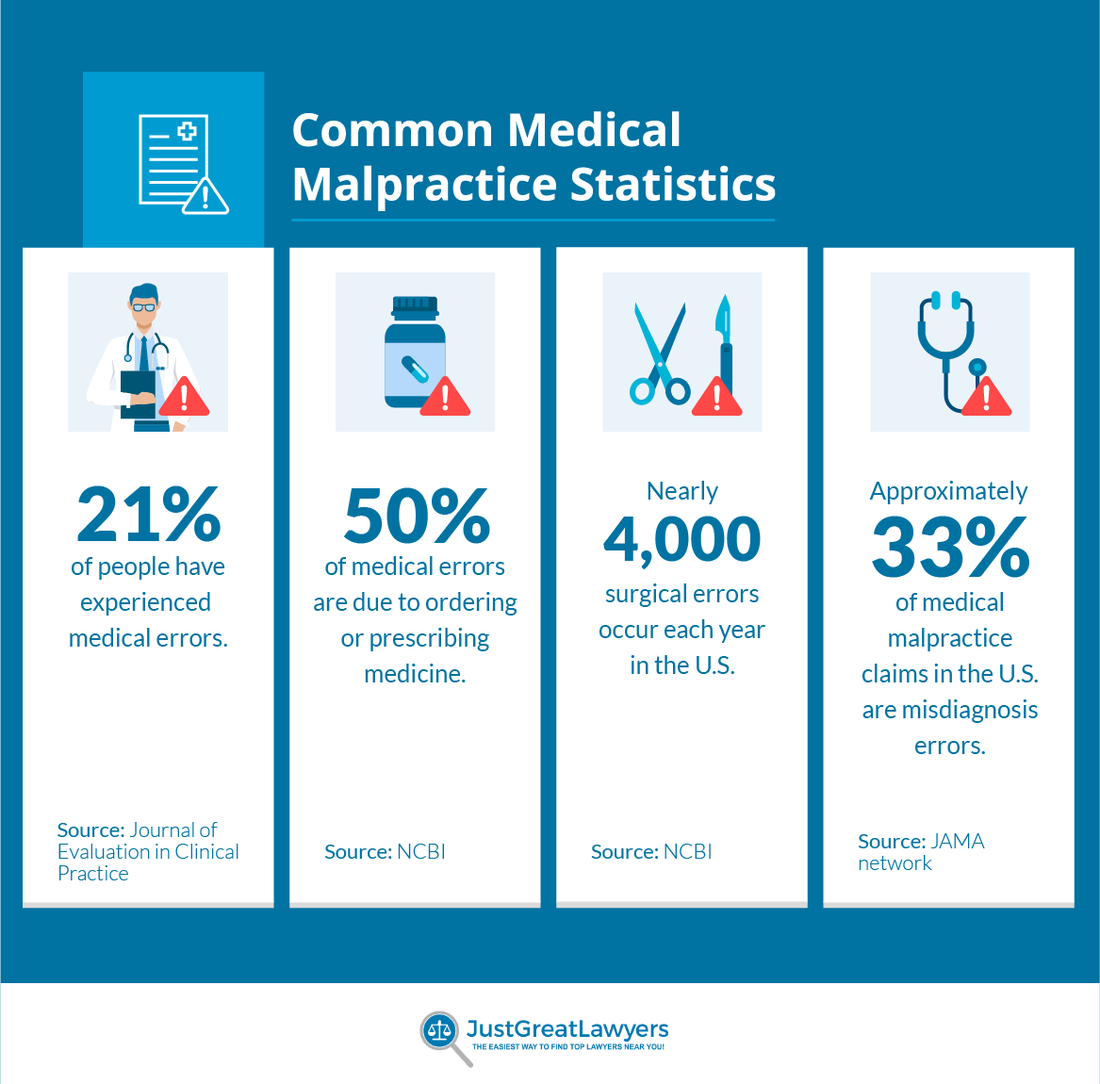Introduction
Healthcare in India is a complex and multifaceted sector that faces numerous challenges. Dr. Arvind Kasthuri (2018) identified five key issues that hinder the effective delivery of healthcare services in India. Problems in the health care system can be collectively known as the “Five A’s,” are Awareness, Access, Absence, Affordability, and Accountability. Addressing these challenges is crucial for ensuring equitable healthcare for all, particularly in a country with vast socioeconomic disparities. This essay elaborates on these five challenges, supported by relevant data and research.
Read More- Scope of Health Psychology
Problems in the Health Care System
The problems in the health care system can be understood in terms of the “Five A’s,” are Awareness, Access, Absence, Affordability, and Accountability.
1. Awareness or the Lack of It
One of the major obstacles in India’s healthcare system is the lack of awareness among the population regarding health-related behaviors, preventive care, and available medical services. Awareness encompasses knowledge about personal hygiene, disease prevention, early detection of illnesses, and the benefits of a healthy lifestyle.
Health Literacy and Behavioral Change
Health literacy is a significant determinant of health outcomes. According to a report by the National Sample Survey Organization (NSSO), a large proportion of the Indian population lacks basic knowledge about health conditions and their treatments (NSSO, 2020). Many people do not seek medical care until their condition becomes severe due to ignorance about symptoms or fear of medical expenses.
For example, chronic diseases such as diabetes and hypertension often go undiagnosed in rural areas due to a lack of awareness. Studies indicate that only 50% of individuals diagnosed with hypertension are aware of their condition (India Hypertension Control Initiative, 2022). Furthermore, behavioral changes, such as quitting smoking, reducing alcohol consumption, and maintaining a balanced diet, are crucial in preventing diseases. However, these habits are difficult to instill without targeted public health campaigns.
Government Initiatives and Gaps
The Indian government has introduced several awareness programs, such as the National Health Mission (NHM), Ayushman Bharat, and Swachh Bharat Abhiyan, to educate people about health and hygiene. However, the effectiveness of these programs is often hampered by low literacy rates, cultural beliefs, and misinformation. For instance, vaccine hesitancy remains a challenge despite government efforts, particularly in rural and tribal areas where misinformation about vaccines is widespread (Verma et al., 2021).
2. Access or the Lack of It
Geographical and infrastructural barriers significantly impact access to healthcare in India. Despite improvements in healthcare infrastructure, a large portion of the population, especially in rural areas, still struggles to access basic medical facilities.
Urban-Rural Divide
India’s healthcare infrastructure is highly skewed towards urban areas. While 70% of the population resides in rural areas, nearly 80% of doctors and healthcare facilities are concentrated in cities (Rural Health Statistics, 2021). This disparity leads to an acute shortage of healthcare professionals and medical institutions in remote regions.

Availability of Health Care Centers in India
For example, essential services like Pap smears for cervical cancer detection, mammograms for breast cancer screening, and immunizations for children are far less accessible in rural India. As a result, preventable diseases remain a leading cause of morbidity and mortality.
Transportation and Digital Health Challenges
Another major issue affecting access to healthcare is the lack of transportation infrastructure in rural and tribal regions. Many villages are located far from primary healthcare centers (PHCs), making it difficult for residents to seek timely medical help.
Telemedicine and digital health services have been promoted as potential solutions, especially during the COVID-19 pandemic. Initiatives like e-Sanjeevani, the national telemedicine service, have helped bridge the urban-rural divide to some extent (Ministry of Health and Family Welfare, 2023). However, poor internet connectivity and lack of digital literacy remain significant barriers to widespread adoption.
3. Absence or the Human Power Crisis in Healthcare
India faces a severe shortage of healthcare professionals, including doctors, nurses, and paramedical staff. This crisis is especially pronounced in rural areas.
Shortage of Medical Professionals
According to WHO guidelines, the ideal doctor-to-patient ratio should be 1:1000, but India currently has a ratio of 1:1456 (National Health Profile, 2022). The situation is even more alarming in specialized fields such as psychiatry. India has only 0.75 psychiatrists per lakh population, primarily concentrated in metropolitan cities. Given that nearly 70% of India’s population lives in rural areas, this shortage exacerbates the already severe mental health crisis in the country (Kasthuri, 2018).

Doctor to Patient Ratio
Medical Education and Brain Drain
One of the key reasons for the shortage is the slow pace of medical education expansion. At the current rate, it would take approximately 42 years to meet the required psychiatrist-to-population ratio. Furthermore, a significant number of Indian medical graduates migrate abroad due to better opportunities and salaries, leading to a brain drain in the healthcare sector.
Government Efforts to Address the Crisis
Several measures have been introduced to address this issue, such as:
- Increasing the number of medical colleges and postgraduate seats.
- Bond service requirements that mandate doctors to work in rural areas for a certain period after graduation.
- Task-shifting strategies, such as training community health workers (ASHAs) and auxiliary nurse midwives (ANMs) to provide primary healthcare.
Despite these efforts, the unequal distribution of healthcare professionals remains a persistent challenge.
4. Affordability or the Cost of Healthcare
The rising cost of healthcare is another major barrier, particularly for low-income and middle-class families. Despite government programs, out-of-pocket expenses (OOPE) still account for over 60% of total healthcare expenditure in India (National Health Accounts, 2022).
High Costs of Treatment
Medical treatment in India can be prohibitively expensive, particularly for hospitalizations, prescription drugs, and specialized care. Even though the government provides free healthcare services in public hospitals, these facilities are often overburdened and lack essential supplies. As a result, many patients are forced to seek treatment in private hospitals, where costs can be exponentially higher.

Average Medical Cost
For example-
- The average cost of cancer treatment in a private hospital can range from ₹5 to ₹20 lakhs.
- Cardiac surgeries can cost between ₹3 to ₹10 lakhs.
- Kidney dialysis can cost ₹12,000 to ₹15,000 per month.
Health Insurance Penetration
Despite the introduction of health insurance schemes such as Ayushman Bharat-Pradhan Mantri Jan Arogya Yojana (AB-PMJAY), insurance coverage remains inadequate. As of 2023, only about 37% of India’s population is covered under any health insurance scheme (IRDAI, 2023). The lack of awareness and bureaucratic hurdles prevent many from availing insurance benefits.
5. Accountability or the Lack of It
Accountability in healthcare includes government oversight, ethical medical practices, and patient rights. The lack of accountability has led to disparities in healthcare service delivery.
Neglected Diseases and Research Gaps
Medical research in India is often focused on diseases that have a high commercial return, while tropical and neglected diseases such as tuberculosis, malaria, and dengue receive less attention. International pharmaceutical companies generally ignore these diseases due to limited profitability, and domestic research funding is insufficient (Kasthuri, 2018).

Medical Malpractice Statistics for 2022
Healthcare Corruption and Ethical Concerns
The healthcare system in India has been marred by corruption, medical negligence, and unethical practices. Cases of overcharging, unnecessary diagnostic tests, and fraudulent medical bills are common in private hospitals. In government hospitals, absenteeism of doctors, lack of proper equipment, and poor infrastructure contribute to the inefficiency of the system.
Policy Measures for Better Accountability
To improve accountability, the government has implemented measures such as:
- Digital Health Mission to maintain electronic health records.
- Jan Aushadhi Scheme to promote affordable generic medicines.
- Right to Health Act in Rajasthan, which mandates free and equitable healthcare services.
However, effective implementation and monitoring remain challenges.
Conclusion
The Five A’s—Awareness, Access, Absence, Affordability, and Accountability—highlight the critical challenges facing India’s healthcare system. Addressing these issues requires a multi-pronged approach, including policy reforms, increased healthcare funding, improved medical education, digital health solutions, and better rural healthcare infrastructure. While significant progress has been made, a more inclusive and equitable healthcare system is essential to ensure that every Indian, regardless of their socio-economic background, has access to quality medical care.
References
Kasthuri, A. (2018). Challenges to Healthcare in India – The Five A’s. Indian Journal of Community Medicine, 43(3), 141-143.
National Health Profile (2022). https://cbhidghs.mohfw.gov.in/WriteReadData/l892s/94203846761680514146.pdf
India Hypertension Control Initiative (2022). https://www.ihci.in
IRDAI (2023). Health Insurance Coverage in India. https://irdai.gov.in/handbook-of-indian-insurance?
Subscribe to Careershodh
Get the latest updates and insights.
Join 16,614 other subscribers!
Niwlikar, B. A. (2022, November 28). 4 Important Problems in the Health Care System. Careershodh. https://www.careershodh.com/problems-in-the-health-care-system/
